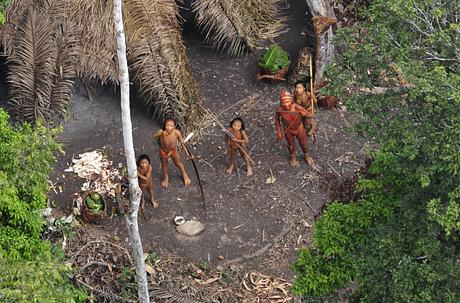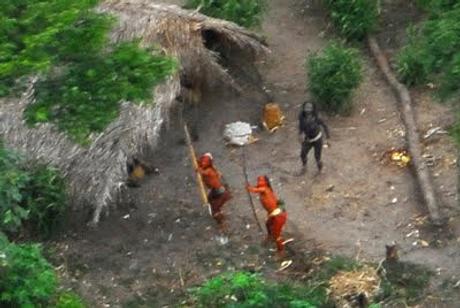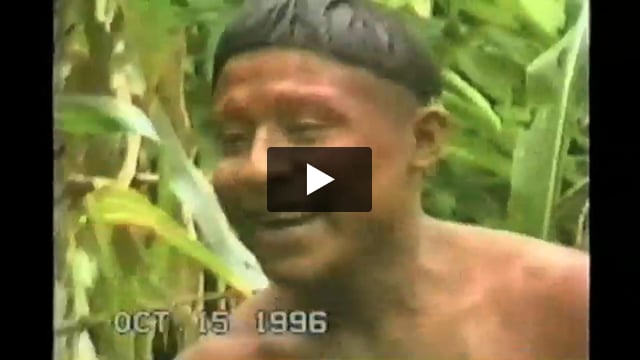CONTACT: uncontacted Indians emerge, illegal logging blamed
July 2, 2014
 © G. Miranda/FUNAI/Survival
© G. Miranda/FUNAI/SurvivalThis page was last updated in 2014 and may contain language which is now outdated.
A highly vulnerable group of uncontacted Amazon Indians has emerged from the rainforest in Brazil near the Peru border and made contact with a settled Indigenous community.
The news comes just days after FUNAI, Brazil’s Indian Affairs Department, and Survival International, the global movement for tribal peoples’ rights, warned of the serious risk of such an incident, in light of the failure of the Peruvian authorities to stop rampant illegal logging on its side of the border.
The Indians had been coming increasingly close to the settled Asháninka Indians who live along the Envira River.
News emerged on Tuesday from the remote region that the Indians had made contact on Sunday with the Asháninka, who had been reporting their presence for several weeks.
 © G. Miranda/FUNAI/Survival
© G. Miranda/FUNAI/Survival
A specialist FUNAI team is in the area to provide help to the newly-contacted group, and a medical unit has been flown in to treat possible epidemics of common respiratory and other diseases to which isolated Indigenous groups lack immunity.
Nixiwaka Yawanawá, an Indian from Brazil’s Acre state who joined Survival to speak out for Indigenous rights said, “I am from the same area as they are. It is very worrying that my relatives are at risk of disappearing. It shows the injustice that we face today. They are even more vulnerable because they can’t communicate with the authorities. Both governments must act now to protect and to stop a disaster against my people.”
Survival’s Director Stephen Corry said today, “Both Peru and Brazil gave assurances to stop the illegal logging and drug trafficking which are pushing uncontacted Indians into new areas. They’ve failed. The traffickers even took over a government installation meant to monitor their behavior. The uncontacted Indians now face the same genocidal risk from disease and violence which has characterized the invasion and occupation of the Americas over the last five centuries. No one has the right to destroy these Indians.”
Read Survival’s Q&A on the uncontacted Indians here
See Survival’s timeline of sightings of uncontacted Indians in this region and actions to protect their land here.
Note to editors:
- Survival’s Research Director Fiona Watson, a world expert on uncontacted Indians, is available for interview.



